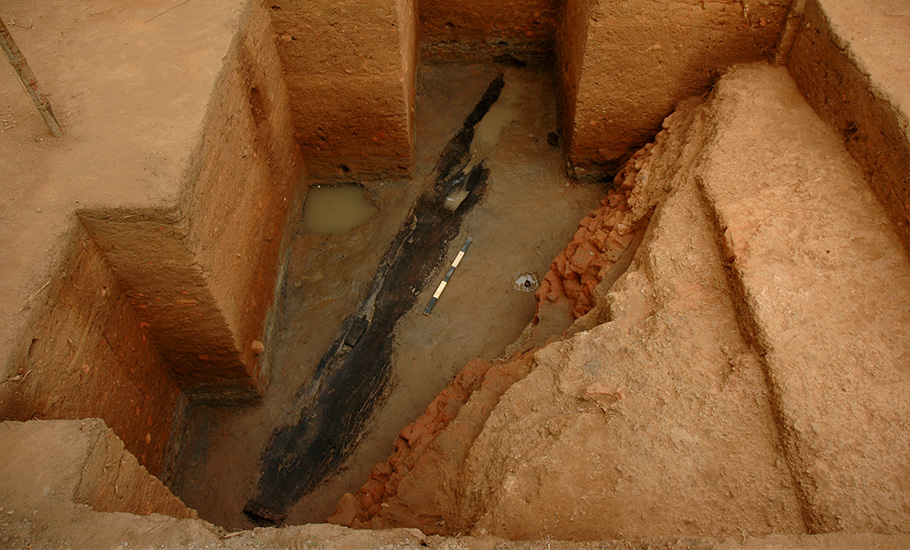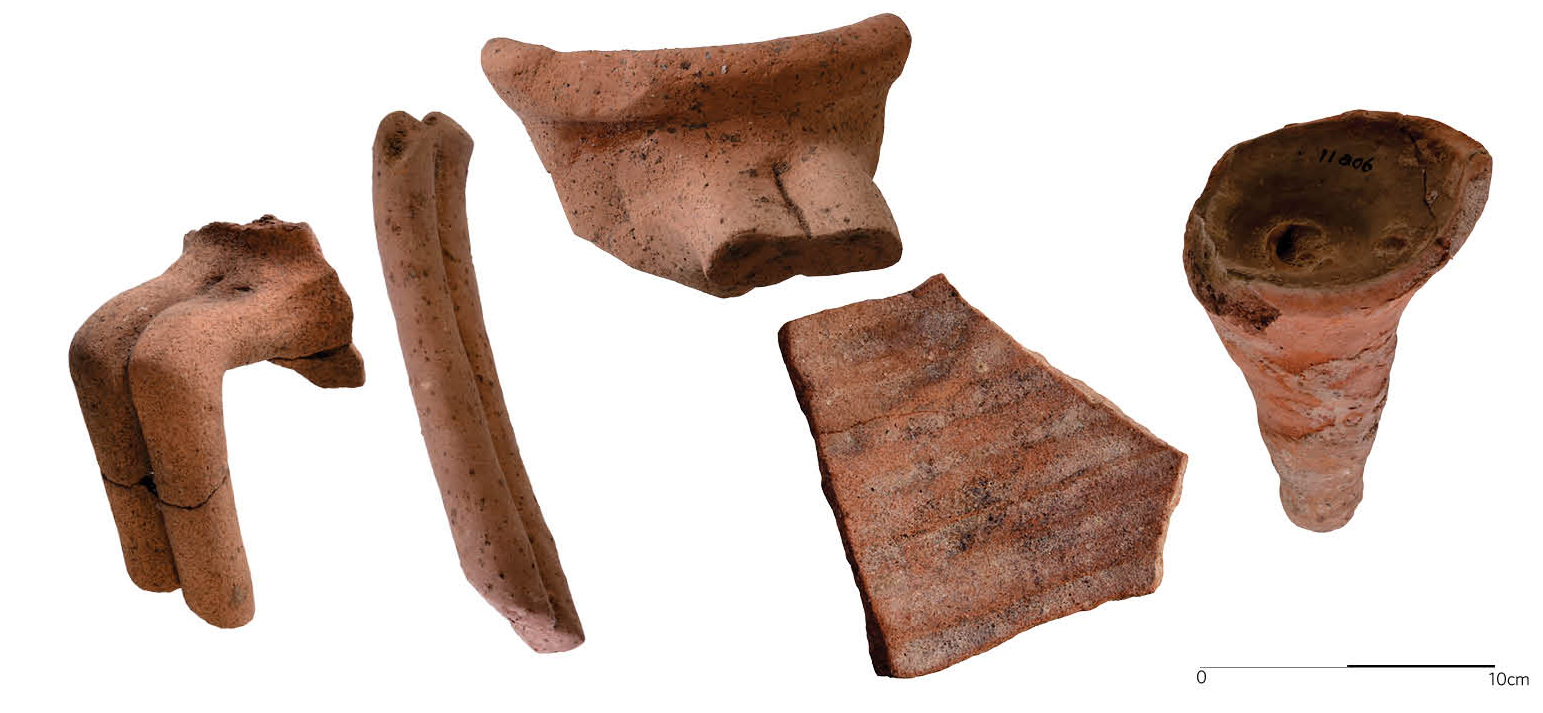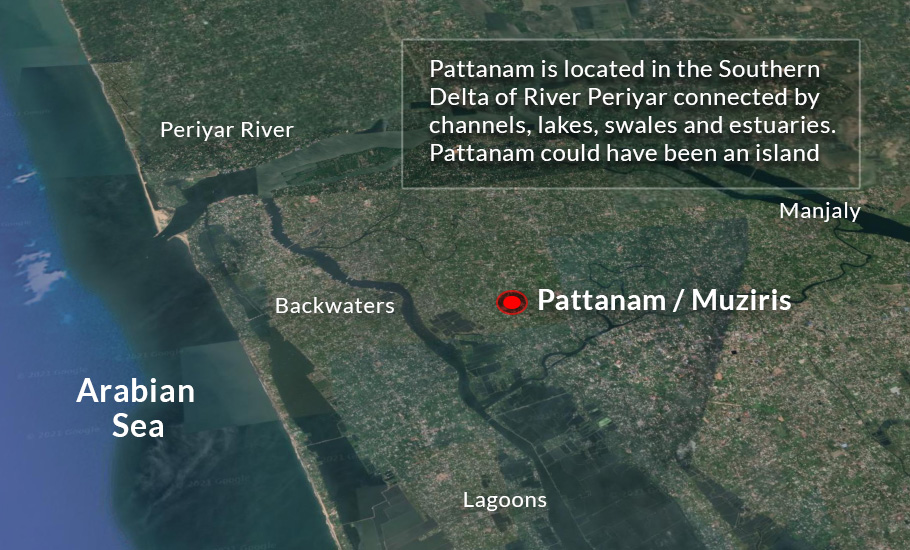
- Home
- India
- World
- Premium
- THE FEDERAL SPECIAL
- Analysis
- States
- Perspective
- Videos
- Sports
- Education
- Entertainment
- Elections
- Features
- Health
- Business
- Series
- In memoriam: Sheikh Mujibur Rahman
- Bishnoi's Men
- NEET TANGLE
- Economy Series
- Earth Day
- Kashmir’s Frozen Turbulence
- India@75
- The legend of Ramjanmabhoomi
- Liberalisation@30
- How to tame a dragon
- Celebrating biodiversity
- Farm Matters
- 50 days of solitude
- Bringing Migrants Home
- Budget 2020
- Jharkhand Votes
- The Federal Investigates
- The Federal Impact
- Vanishing Sand
- Gandhi @ 150
- Andhra Today
- Field report
- Operation Gulmarg
- Pandemic @1 Mn in India
- The Federal Year-End
- The Zero Year
- Science
- Brand studio
- Newsletter
- Elections 2024
- Events
- Home
- IndiaIndia
- World
- Analysis
- StatesStates
- PerspectivePerspective
- VideosVideos
- Sports
- Education
- Entertainment
- ElectionsElections
- Features
- Health
- BusinessBusiness
- Premium
- Loading...
Premium - Events

From Kerala to the world: ASI joining Muziris excavations raises expectations
The long-running archaeological project in Muziris (Pattanam) aims to trace the subcontinent’s historical trade and cultural transactions.

As the stage is set for the 11th season of the Muziris excavations in Pattanam and Mathilakam villages of Kerala, PJ Cherian, director of PAMA Institute of Advancement of Transdisciplinary Archaeological Sciences, who began the excavations in the region during 2006-07 with the Kerala Council for Historical Research, is thrilled. Reason: unlike the past 10 seasons, this season will be...
As the stage is set for the 11th season of the Muziris excavations in Pattanam and Mathilakam villages of Kerala, PJ Cherian, director of PAMA Institute of Advancement of Transdisciplinary Archaeological Sciences, who began the excavations in the region during 2006-07 with the Kerala Council for Historical Research, is thrilled. Reason: unlike the past 10 seasons, this season will be conducted with the collaboration of the Archaeological Survey of India (ASI).
“It’s a wonderful feeling, as collaboration is key to the success of any scientific project. We have had collaborations from various institutions and scholars since we started the excavation in the region in 2006, but collaboration with the ASI is significant as it is the mother organisation of India when it comes to archaeology,” says Cherian who is in-charge of the excavations.
The aim of the project is to trace the Indian subcontinent’s trade and cultural transactions, from the coast of Gujarat to Bengal and beyond. Previous excavations in Pattanam have unearthed relics of three dozen cultures linked to diverse geographies and linguistics that extend from Hepu (southern China) to Catalonia (Spain), dating from 3rd Century BC to 5th Century AD. It shows a highly sophisticated and plural culture that flourished in the Periyar (the longest river in Kerala) delta region with its indigenous settlements dating back to 1000 BC.

Though Cherian is hopeful, he is a bit disturbed by the continuous interference of the pandemic and the rain in the region. “We are not able to start the excavation mainly due to COVID-19. We hope things will become normal soon and we can start as early as possible,” says Cherian, who believes incessant rains could prove to be stumbling blocks to their plans.
“Pattanam lies between two river systems, the Paravarthodu and Periyar. When the entire stretch was flooded recently, Pattanam was spared because of its elevation. It was also unaffected in the 1924 floods. But continuous rains can spoil our excavation work.”
This geographical significance, according to Cherian, is the main reason why the place once acted as a centre of international trade 2,000 years ago, when there could have been regular floods. The 4.5 million potsherds excavated from the early historic layers point to the densely populated context of the site.

“The evidence for the earliest habitation is the Black and Red Ware pottery of the Iron Age context along with associated radiocarbon dates of 1000 BC. They are clinching evidence of the indigenous origins of Pattanam site, with indications of habitation evidence appearing around 1000 BC,” says Cherian.
A large number of these sherds are rim-sherds of bowls, plates, tableware, cooking pots and dishes representing everyday functions and various aspects of the socio-cultural life at Pattanam. Another important category is the large storage pots probably meant for commercial uses.
“There is also craft specialisation that goes beyond the utilitarian, as indicated by the substantial volume and variety of decorated sherds. Apart from the established patterns of decoration, there are a few with more elaborate styles achieved through incision, and embossment. The Black and Red Ware found at the lowest layers of the Pattanam trenches are clinching evidence of the Iron Age origins of the site around 1000 BC,” he says.

The 10 seasons of excavations have unearthed several brick architectural remains indicating the urban character of the site.
“Brick walls, clay platforms and multiple layers of floor, burned clay floors, ring-well, terracotta toilets and storage features indicate residential or warehouse characteristics attributable to a commercial port site. Well-burnt-bricks of different sizes were found. This shows the Flemish and Old English bonding styles in brick construction seem to have been in vogue at Pattanam 2,000 years ago,” says Cherian.
In many of the Pattanam trenches, features that could have been sanitary toilets have been identified. “The toilet features three large jars placed one over another, with the bottom of each jar opening into the lower one. From the lowest one, the excreta were let out into the soil. The content of these jars had a distinct dark grey colour and was slimy in texture. It had an unpleasant odour too. This material, assumed to be faecal matter, needs to be analysed to obtain more insights, especially on the dietary practices of the settlement,” he says. These toilet features reflect the advanced standard of living at Pattanam 2,000 years ago.
“In the 10th season of the excavation, we had unearthed artefacts including a seal-ring with the image of Greek She-Sphinx resembling the seal ring of the first Roman emperor Augustus Caesar. We also found a Greco-Roman bust. This shows Pattanam’s [Muziris] connections with the Eastern Mediterranean region,” he says.

Bones of humans and animals have given significant clues to many excavations so far conducted. In Pattanam, however, the bones are found in a fragile condition and hence morphometric and pathological analysis was difficult. Some bone fragments have been identified as adult human bones while some others are non-human. Most of the bone fragments are from the Early Historic and Iron Age layers.
“Most bones show signs of burning activity. Bone pieces are whitish in colour and have typical longitudinal burning marks indicating exposure to fire in ‘flesh on’ condition. It would be reasonably correct to infer that the burial practices of those times were ‘secondary’ in nature; where the dead were cremated first and osseous remains ceremonially buried later,” says Cherian. However, mitochondrial DNA studies conducted on 12 random bone samples found that the dead bodies of people from South Asia, Eurasia and West European regions were buried at Pattanam 2,000 years ago.

It was around 1000 BC in the Iron Age period, as confirmed by stratigraphic, typological and chronometric evidence, that this region was inhabited. Located on a river mouth and on the banks of a mighty ocean (Arabian Sea) with sufficient technological prowess, Pattanam evidence is bound to explain the rise of complex social systems in this region and extending across the South Indian region, namely ‘Tamilakam’ and beyond.
“The significance of Pattanam or Muziris cannot be minimised to Kerala region or the peninsular India. It is connected to almost all parts of the Indian subcontinent and was integral to the first ever maritime network that connected three continents 2,000 years back. ASI’s collaboration will help us find more about this route,” says Cherian.
With his experience in the region, Cherian believes that any excavation will remain incomplete without participation from the public. Keeping this in mind, a couple of months ago, PAMA launched a project called ‘Periyar River Valley: Mapping Materials Memories’. The Periyar River valley has witnessed thousands of years of human history.

From less than 1 per cent of the Pattanam mound so far excavated, at least 45 lakh pottery assemblage (mostly Indian) and 1.5 lakh non-Indian pottery of the Chinese, South Arabian, Red Sea and Mediterranean provenance have been unearthed. At least 1.3 lakh of registered artefacts made of iron, copper, gold, lead, glass, stones and terracotta have also been excavated. Located in the Periyar delta region, Pattanam is now confirmed as the legendary port of Muziris or Muciri Pattinam or Vanji city, mentioned in the classical Tamil, Greek and Latin sources.
“It is important to remember here that 90 per cent of archaeological evidence of the Iron Age/Early Historic Period (1000 BC to 500 AD) that survived the onslaught of time are burial monuments or mortuary remains. This means probably two things: the ancestors of Kerala made their beautiful dwellings and settlements mostly with wood and terracotta. However, they took great pains to erect monuments for their dead with granite and laterite even brought from far off,” says Cherian.
The other widely practiced method, according to him, was the urn burials with secondary remains of the dead buried along with probably the tools, and adornment objects like beads and a wide variety of miniature pots with grains, etc.

“The project aims to locate and document the burial remains of the earliest human settlements on both banks of Kerala’s longest river (244km) and collect oral information through a PAMA customised digital app (ODK Collect). The app has facilities to record photos/videos/audios of the material remains and the memories of the elders. We don’t intend to collect or shift any material remains from their primary contexts/locations. Digitally documenting the surviving burial or settlements is our sole aim,” says Cherian, who is also the director of PAMA with its new centre at Pattanam.
PAMA is a nonprofit research institute managed by scientists and teachers. Renowned teacher and science activist RVG Menon is the chairman of this multi- and transdisciplinary collective.
Those who are curious and science-sensitive public from all sections residing in one of the 56 villages and four municipalities on the banks of Periyar River can register for internship. “We welcome people from all walks of life to join us in this great initiative. They will have to pay online a modest fee of ₹200. We will train them on how to conduct the survey,” says Cherian.
